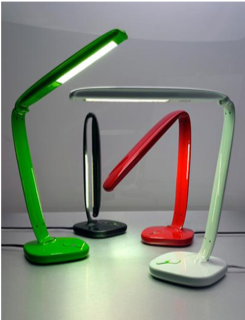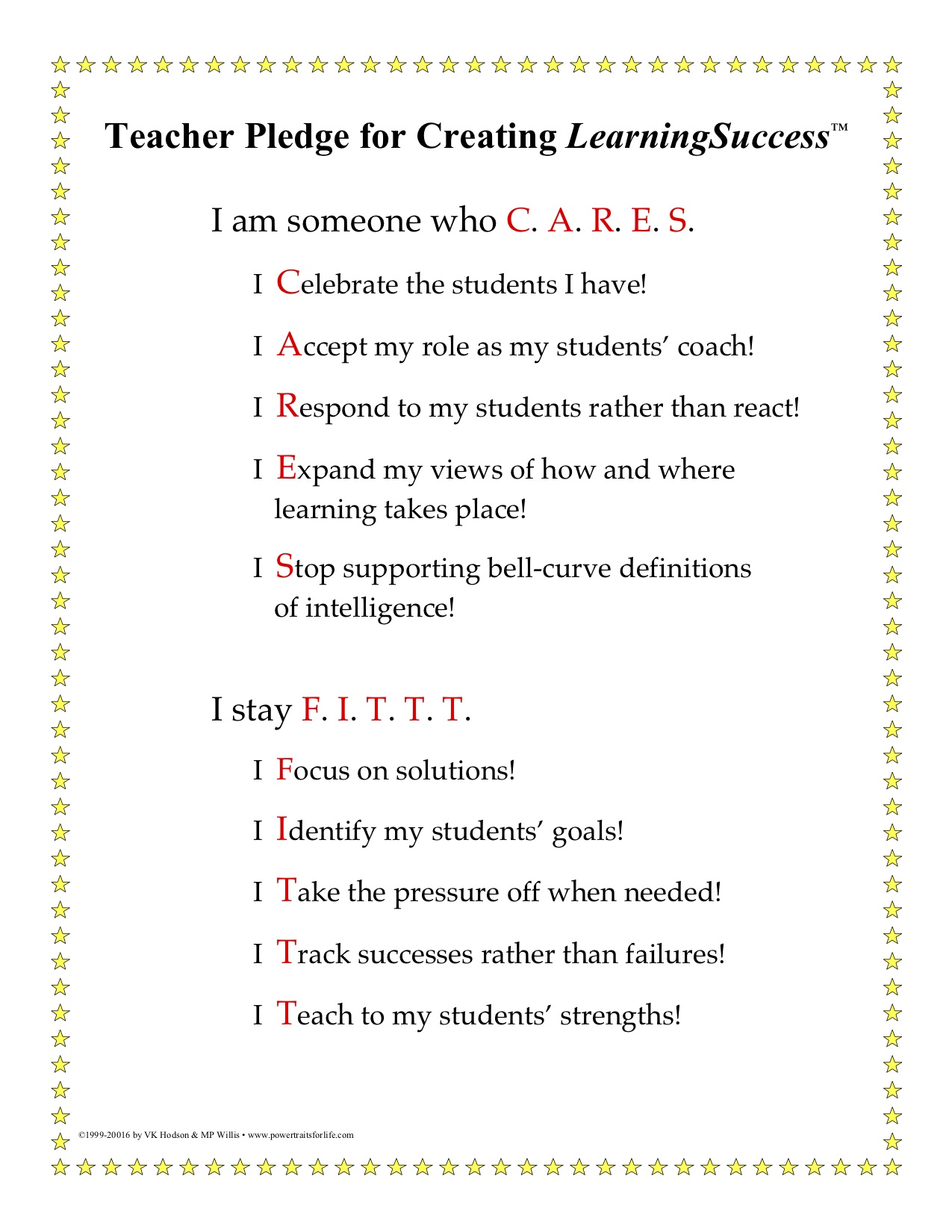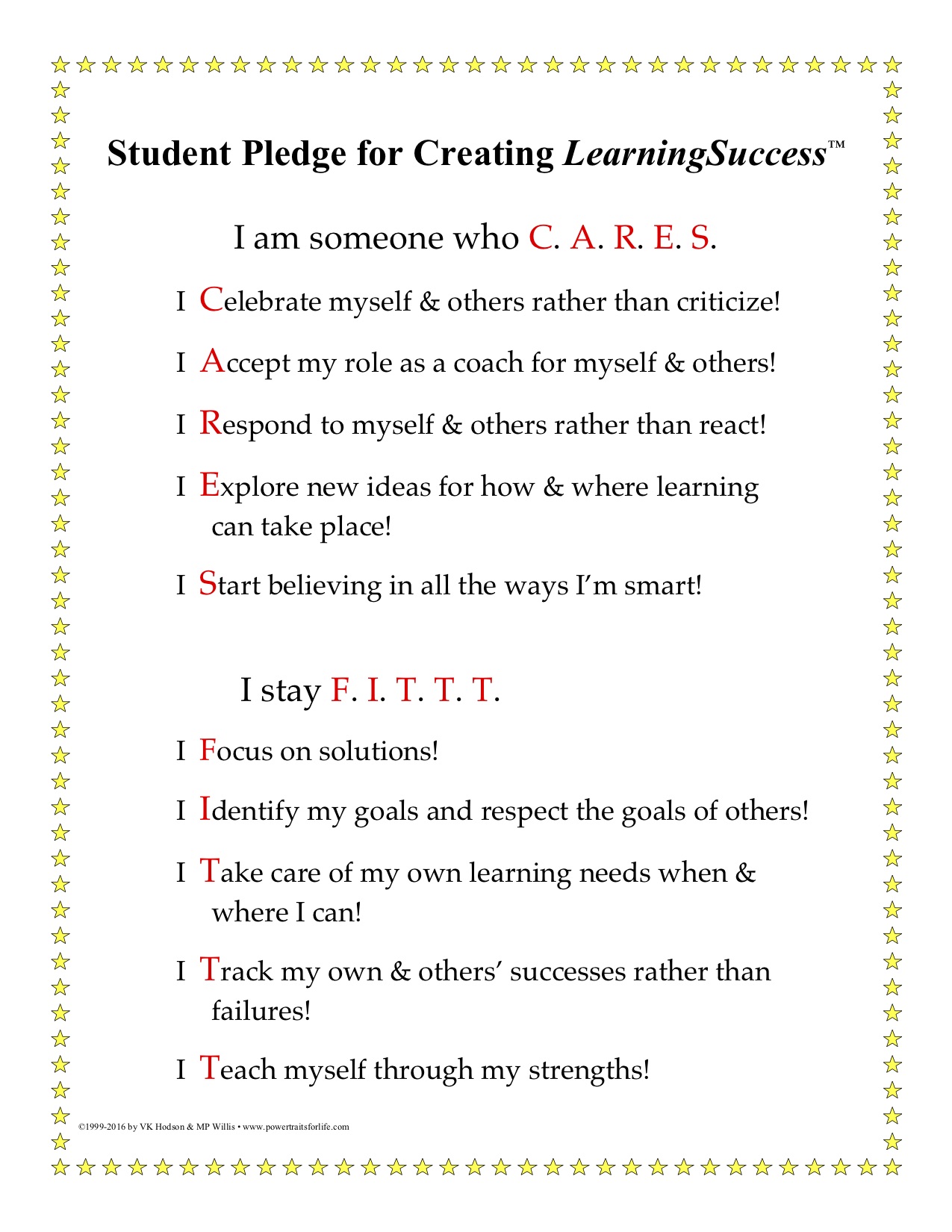A few years ago I read an article titled: Learning at Pace of Leisure – New kindergarten law to allow children more time to pick up skills.
So far, fine. But here’s what spoiled the story: “This is much better for making sure the kids who enter kindergarten are ready for the rigor of kindergarten,” said a director of instruction for a school district in Ventura County, adding that kindergarteners are expected to master more advanced skills than in years past.
The rigor of kindergarten??? Really?
This reminds me of a clip from the comedian Sinbad talking about the ridiculousness of having to pass tests to get into kindergarten. It went something like this: If the kid can eat a cookie and take a nap, he passes!
What happened to “Learning at pace of leisure?” When are we going to stop trying to force education before students are ready, and allow kids to be who they are supposed to be developmentally? When are we going to stop causing stress and anxiety to young children and their families, for no good reason?
Four and fi ve-year-olds are supposed to play, nap, laugh, explore their surroundings, tinker, finger paint, and experiment with musical instruments like drums and cymbals. And, yes, they can start to learn numbers and alphabet sounds.
ve-year-olds are supposed to play, nap, laugh, explore their surroundings, tinker, finger paint, and experiment with musical instruments like drums and cymbals. And, yes, they can start to learn numbers and alphabet sounds.
Statements like “the rigor of kindergarten” are precisely the reason we wrote, Midlife Crisis Begins in Kindergarten. The title is funny, but what is happening is tragic.
More and more, “kids are expected to master more advanced skills than in years past.” And who made that rule?
When I started kindergarten I didn’t speak a word of English (only Italian!). I remember playing games, singing, finger painting, having fun and loving my teacher. Pretty soon I was speaking, reading, and writing in English and ready to go on to first grade. That was in 1955.
Thank you, Mrs. Crenshaw, for making my kindergarten experience so enjoyable and successful that I wanted to go back to school.
Whether your children are in traditional school or home schooled, I wish for them that same enjoyable and successful experience—in kindergarten and throughout their school lives.
copyright 2019 by Mariaemma Pelullo-Willis, Reflective Educational Perspectives, LLC / LearningSuccess™ Institute
contact Mariaemma: m@learningsuccesscoach.com
reflectiveed.com, aselfportraitonline.com, solimaracademy.com








 When we are surrounded by our favorite colors we tend to think more positively and feel more motivated. When surrounded by colors we don’t like, the opposite happens, and we can actually feel restless, upset, distracted, unhappy, even angry. Just as with any of the other elements of environment, some people are more sensitive to color and some are less sensitive.
When we are surrounded by our favorite colors we tend to think more positively and feel more motivated. When surrounded by colors we don’t like, the opposite happens, and we can actually feel restless, upset, distracted, unhappy, even angry. Just as with any of the other elements of environment, some people are more sensitive to color and some are less sensitive.




